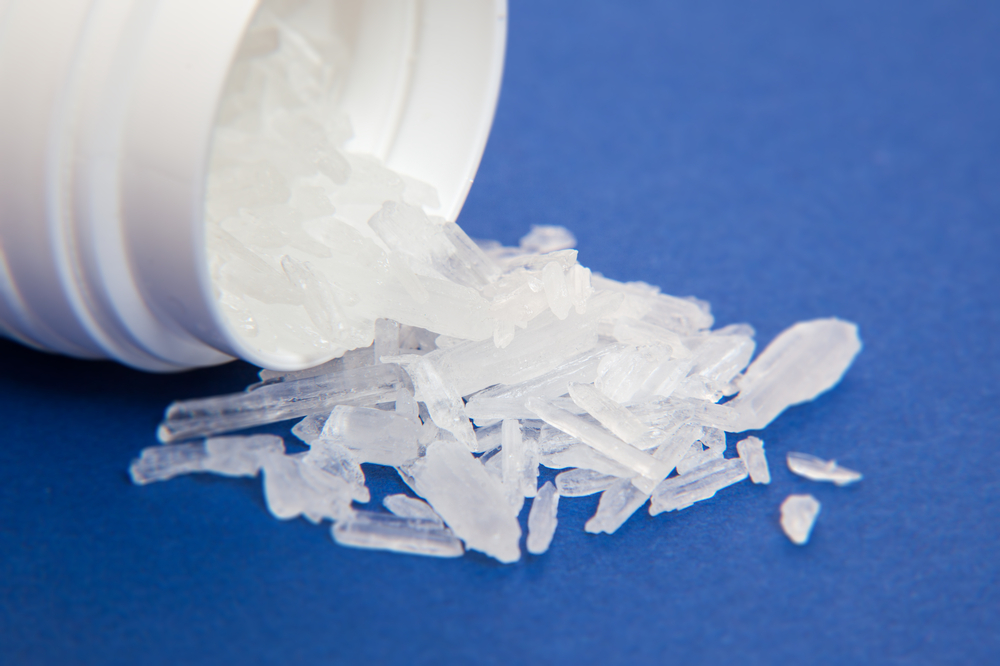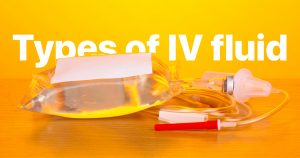
Meth Withdrawal Symptoms and Treatment: What You Must Know
What is Meth?
Meth -- short for Methamphetamine -- is an illegal drug, classified with other powerful stimulants like cocaine. It’s a white crystalline substance that is odorless, bitter-tasting and dissolves easily in water or alcohol.
You’re reading one of our “Nursing Career Guide” articles. Need to practice for your upcoming exam? Take our free NCLEX practice test -- no registration required! ✨
Methamphetamine has other names: Crystal meth, speed, ice, crank, and glass are common. Click here to get a list of street names for meth.
People use meth by snorting, smoking or injecting it. It can also be taken orally. No matter how it enters the body, it creates a false sense of happiness, confidence, and clear-thinking. Its effects can last about six to twelve hours. The user soon develops an overwhelming desire to continue taking meth, although some people admit they became addicted with their first experience.
Extremely addictive, meth first seems like a stimulant, but goes on to destroy the body: the heart and brain are seriously affected. Users can experience psychotic behavior, severe aggression, and memory loss. Users who snort or inject the drug experience a “rush” or a “flash,” whereas addicts who smoke meth or consume a speed pill experience more of a euphoric sensation.
The methamphetamine high is instant, though it fades quickly. For that reason, meth users commonly take repeated doses in a method called “binge and crash.” Others go on an extended binge, or “run,” snorting or injecting meth every few hours, going without food or sleep for up to several days.
How does the substance work?
Meth has a chemical structure similar to other amphetamines. It affects the brain and central nervous system, especially the “feel good” neurotransmitter, dopamine. Normally, dopamine sends pleasure signals, then it’s recycled and stored for future use. When meth is used, it causes the release of excess amounts of dopamine, causing an extreme high. The dopamine doesn’t return to the brain, but remains in the body until the user crashes with agonizing after-effects.
According to Dr. Marcia Fogarty, executive director of Hunter New England Mental Health Services in Australia, “If food gives you 50 ‘units’ of dopamine, sex gives you 120, alcohol gives you 150 units, and cocaine about 350, methamphetamine gives you about 1200… You can see why people like it and why they want more.”
Withdrawal symptoms
According to meth users, withdrawal from meth causes severe physical and emotional symptoms. They are unanimous: nothing is tougher than coming down from a binge on meth. The addict feels flat, drained from all energy, with no will to do anything, and experiencing depression and anxiety. The craving for meth drives can be overwhelming. If not in a safe and supervised detox facility, most will return to the drug as soon as possible.
The first few days present the most severe physical symptoms:
- Clammy skin
- Constipation or diarrhea
- Headaches
- Irregular heart rhythms
- Hyperventilation
- Joint pain
- Tremors
- Red, itchy eyes
Timeline for withdrawing
Crash or Come-Down: For the first one to two days without meth, the body is completely without energy. The person is exhausted and may sleep continuously. When awake, they may have a voracious appetite.
Depression: For the first week or two, the person continues to be fatigued, with accompanying feelings of restlessness, paranoia, and depression. Some are unable to feel any sense of pleasure. Depression tends to decrease after about 10 days, but can extend into the third week of abstinence. During this time, the person may become so depressed that they prefer to return to meth, rather than seek recovery.
Sub-acute Withdrawal: Also called “Persistent Symptoms Period,” the person may experience sleep or appetite issues. Bradycardia can be present for several weeks after the last use of meth, resulting in fatigue, lightheadedness, shortness of breath, or confusion.
During this phase, even though acute withdrawal has passed, the person’s brain can go through a second episode, called “Post-Acute Withdrawal Syndrome” (PAWS). PAWS is a temporary condition, often triggered by cues that remind the person of using. Symptoms include cravings, irritability, anxiety, insomnia, and foggy thinking. PAWS can occur months after recovery, with symptoms lasting a few days.
The short-term effects
Meth is a “lifestyle” drug. Besides the physical addiction, the user gets hooked on a lifestyle that is associated with the euphoria that meth produces. Late nights, partying, and hanging out with other meth addicts becomes part of the person’s identity.
In the initial exposure to meth, in small quantities, the drug can produce a euphoric sensation. Meth use causes an increased heart rate, blood pressure, respiratory rate, and temperature. The user experiences increased wakefulness and energy, with a decreased appetite.
In time, as use gets out of control, the user’s moods and behaviors change to constant irritability, aggressiveness, confusion, and anxiety.
The long-term effects
Extended use of meth has serious consequences:
- Addiction
- Dental complications (“meth mouth“)
- Poor nutrition and extreme weight loss
- Intense itching, leading to open sores from scratching
- Changes in brain structure and function
- Confusion and anxiety
- Violent or agitated behavior
- Paranoia and hallucinations
Long-term methamphetamine use changes the dopamine system in the brain, resulting in poor coordination and problems learning. Studies show an increased risk for developing Parkinson’s disease. Damage to the brain can resemble Alzheimer’s disease. Meth also affects emotion and memory.
The paranoia produced by meth is similar to that of a schizophrenic, although seems to resolve with time and proper management of withdrawal. Issues that are not reversible include the effects of a stroke or heart attack, teeth and gum damage, chronic fatigue, and ongoing depression.
Changes in appearance can be drastic. Meth actually changes cell structure, leading to inflammation and premature aging. Hair becomes thin and patchy. Skin gets dry and cracked, often with open sores from scratching because of “crankbug.” Weight loss can be dramatic, from poor diet and loss of muscle.
People who inject meth are at a higher risk for contacting HIV, Hepatitis B and C. Shared needles and equipment, as well as impaired judgment and unprotected sex contribute to disease transmission.
Treatment for addiction
Recovering from any drug abuse or addiction is not easy. Meth, with its ability to produce even a temporary or diminishing euphoria, is extremely challenging. Staying drug-free is a lifelong matter, requiring guidance from a variety of resources.
Initial withdrawal and detoxification should never be attempted alone. Withdrawal can be a medical crisis. Clinics and treatment centers offer supervision and support during the first week of abstinence. Clients -- even those only staying for detox -- are introduced to a 12-step program and community resources for themselves and their families.
Recovery involves self-examination. Remaining clean and sober means being willing to look at oneself: psychological history, past actions, outside influences, and other aspects of one’s life. In self-help groups, such as Narcotics Anonymous (NA) or in private therapy, meth addicts learn to respect themselves again.
As of January 2020, there are no FDA-approved medications that specifically treat methamphetamine addiction. A physician experienced in addictions can prescribe medications to relieve symptoms, such as depression, anxiety, or drug cravings. Physical consequences of meth abuse, such as heart damage, may also be medically managed by a specialist.
The National Institute on Drug Abuse recommends behavioral therapies, such as Cognitive Behavioral Therapy (CBT) and the integrated Matrix Model, to address ways to cope with stress, build self-esteem, and prevent relapse. The Matrix Model is a 16-week program that involves the client and the client’s family. Education, counseling, individual and group therapy, 12-step attendance, developing a non-drug lifestyle, and drug testing.
Without support and treatment, most meth addicts face severe health consequences and possible death from their use. In 2017, over 10,000 deaths were attributed to methamphetamines. Intervention and treatment by skilled specialists can help get an abuser or addict on the road to recovery.
Find out your chances by taking one of our practice tests.
Take a free test Reviewed by
Reviewed by 

